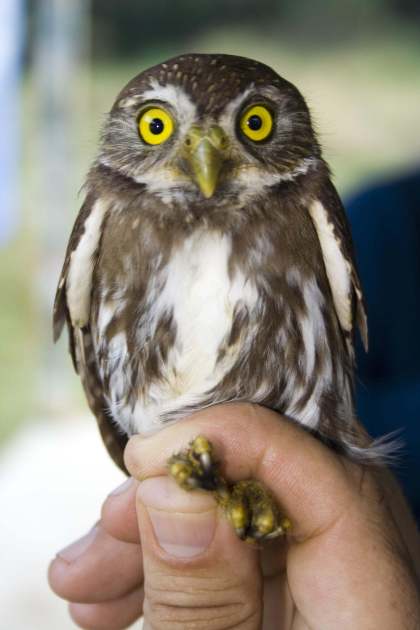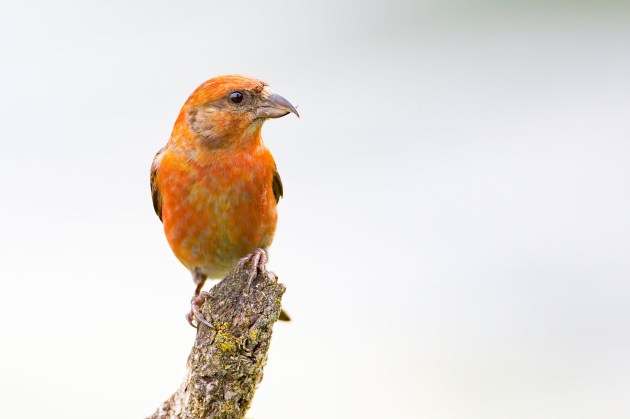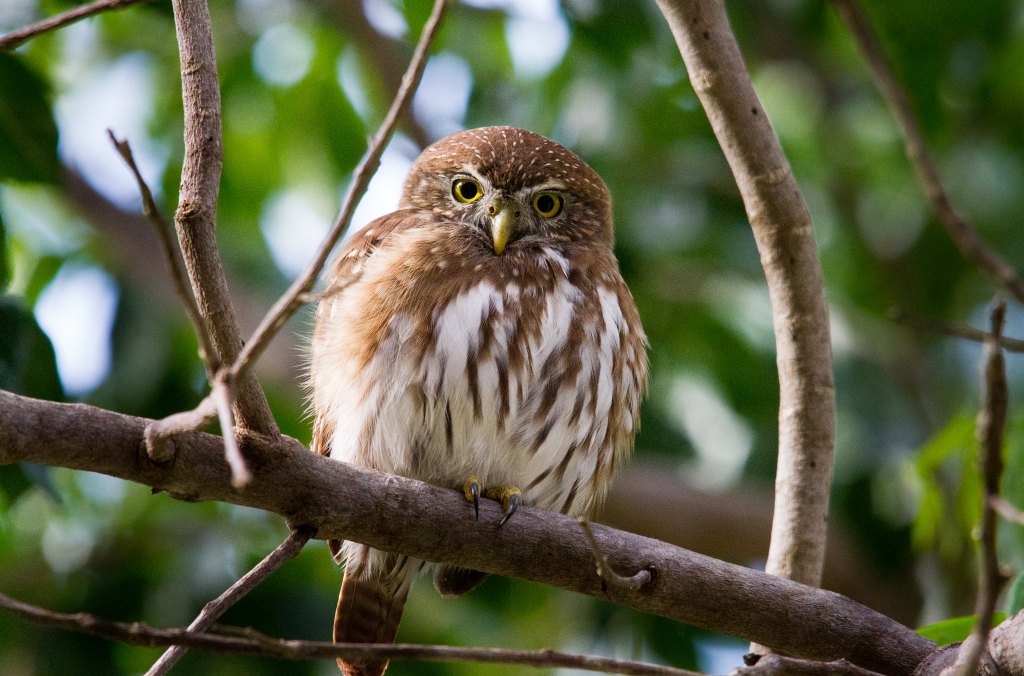When you think about how climate change affects birds, your mind probably goes to changing migration patterns, expanded northern distribution, or depletion of food supplies.
But climate change may also be literally changing birds. Think longer beak sizes and smaller body sizes. Research published this year in in Nature Communications analyzed almost 7,000 non-migratory, terrestrial bird species, explaining why different species take a different approach to regulating their body’s core temperatures. This in turn could shed some light on how climate change might change birds over time.
This research focuses on two biological rules, Bergmann’s and Allen’s. Let’s take a look at those before moving on to bird beaks and bodies.
Bergmann’s and Allen’s Rules
In the middle of the Arctic, where temperatures drop well below zero and stay that way for months on end, live polar bears, the biggest-bodied bears in the world.
Down by the equator in the 80-degree jungles of Malaysia live sun bears, which stand about 2.5 times shorter at their shoulders than their polar bear cousins. The size difference makes sense, argued an 1800s naturalist named Carl Bergmann. Bigger bodies allow animals to hold more heat and smaller bodies allow them to shed heat.
So the farther away from the tropics an animal evolves, the bigger the body size.
His explanation became known as Bergmann’s Rule and has been generally accepted, though more recently hotly debated, in the wildlife world. By the late 1870s, a researcher named Joel Asaph Allen added his own take.
He explained that animals also evolved to use extremities like beaks, legs and arms to shed or retain heat, which is why Arctic hares have relatively small ears compared to the desert jackrabbit’s satellite-dish ears.
But then Carlos Botero, an associate professor in the department of Integrative Biology at the University of Texas at Austin, and Joan Garcia-Portaand Justin Baldwin at Washington University started looking at bird species across the globe.

They found that while some birds follow those rules—Arctic great gray owls are almost 2 feet long and Central American pygmy-owls are about 5 inches long—very little in nature is as simple as either Bergmann or Allen’s rules would suggest.
After analyzing almost 7,000 non-migratory, terrestrial bird species, they found that while neither Bergman nor Allen’s rules are correct in isolation, they’re also not wrong.
“When you have more change in body size, you tend to have less change in extremities. And the other way around, when you have more changing extremities, you have less change in body size,” says Botero. “Both of them are helping achieve the same thing. They’re complementing each other. You don’t need to be as intense in one or the other, you can do a little bit of both and so don’t have to change so much.”
And as the climate continues to warm and bring volatile extremes, it’s even more important to understand how the two rules are connected. This resulted in the paper published in Nature Communications.
Changes in Real Time
While most birds seemed to change body and beak size a little bit—barely enough to notice statistically—they did all seem to show some kind of change. Bodies shrank almost imperceptibly while beaks or legs lengthened just a touch.
“And those changes combined helped to change the overall surface to volume ratio without drastically adjusting their appearance and, most importantly, their ecology,” Botero says.
But certain birds did show more dramatic changes to bodies or bills, largely because of existing body or bill constraints.
Some birds, for example, can’t afford to change their beaks because they’re specially designed.
“Changing anything that is related to your beak is problematic because you can no longer access the same kinds of prey items that you accessed before, or your song gets all funky,” Botero says. “There’s really good evidence that the acoustics of song change dramatically when your bill changes.”
Change a crossbill’s beak, for example, and suddenly ripping nuts out of pinecones becomes a whole lot harder.

Conversely, some species can’t shrink their body sizes because they’re already about as small as their environment or food sources will allow. So they lengthen their beaks, a surprisingly efficient way to shed heat. The tufted tit-tyrant fly catcher, for example, has a tiny beak and lives in South America’s Andes mountains whereas the boat-billed flycatcher survives in the tropics with a much larger bill.
Those examples explain historical changes in bird size and shapes. But birds are also changing in real time, not just over thousands of years.
Another recent study in the journal Proceedings of the National Academy of Sciences, analyzed 129 species of North American migratory birds collected over the prior 40 years and found bodies are shrinking and wings growing longer.
“Smaller species of birds, like tiny warblers or kinglets, actually shrink faster than bigger birds like robins and grackles, so their rate of change over the 40 years, is much, much faster. They’re able to maybe adapt to warming temperatures faster than these bigger birds,” says Marketa Zimova, one of the co-authors on the 2020 paper. “The trend is there for real, but we don’t know if it’s good or bad.”




Could the rapid physical changes in bird species due to climate change lead to unforeseen consequences in their ecosystems, potentially disrupting food chains and biodiversity?